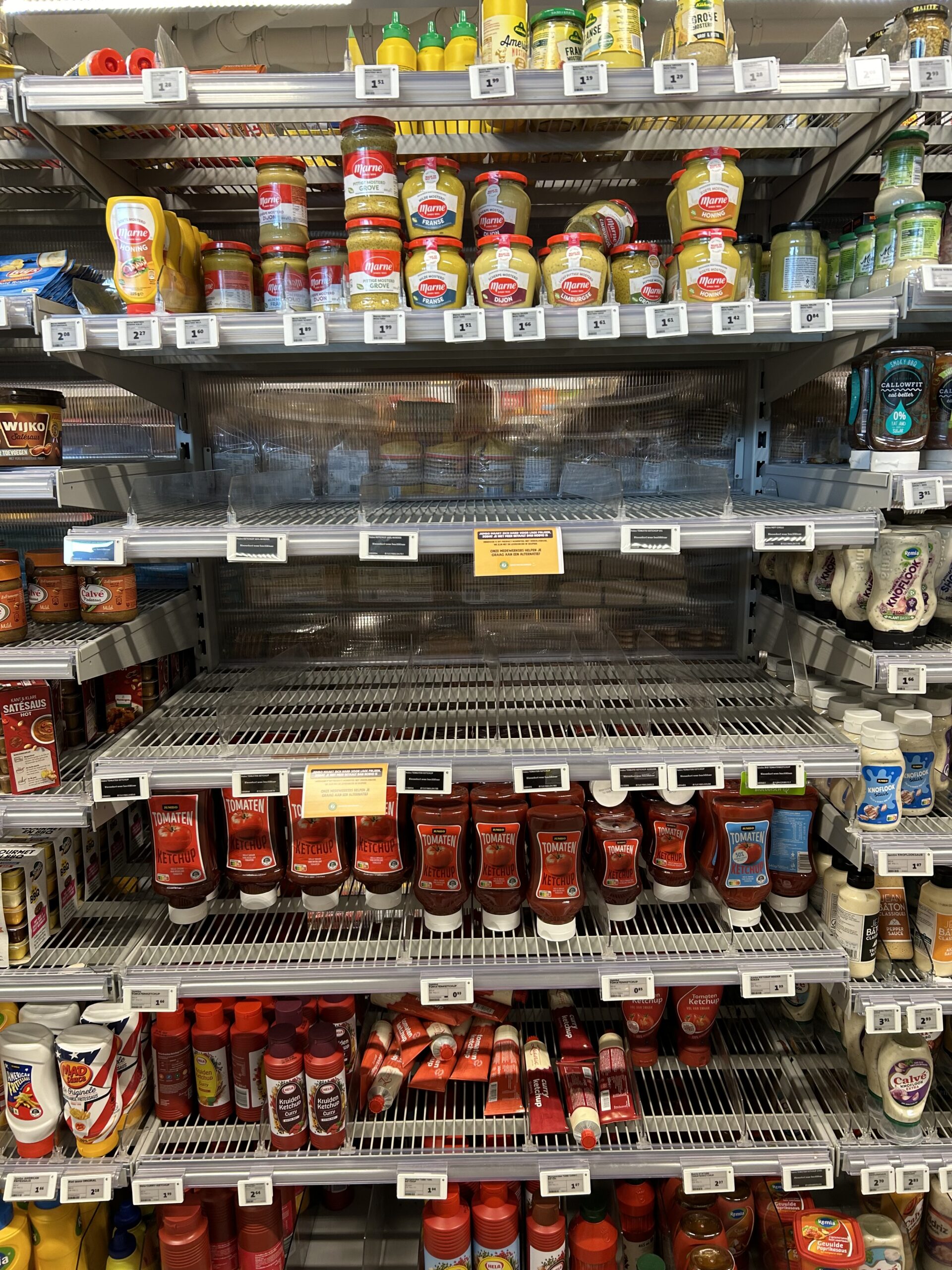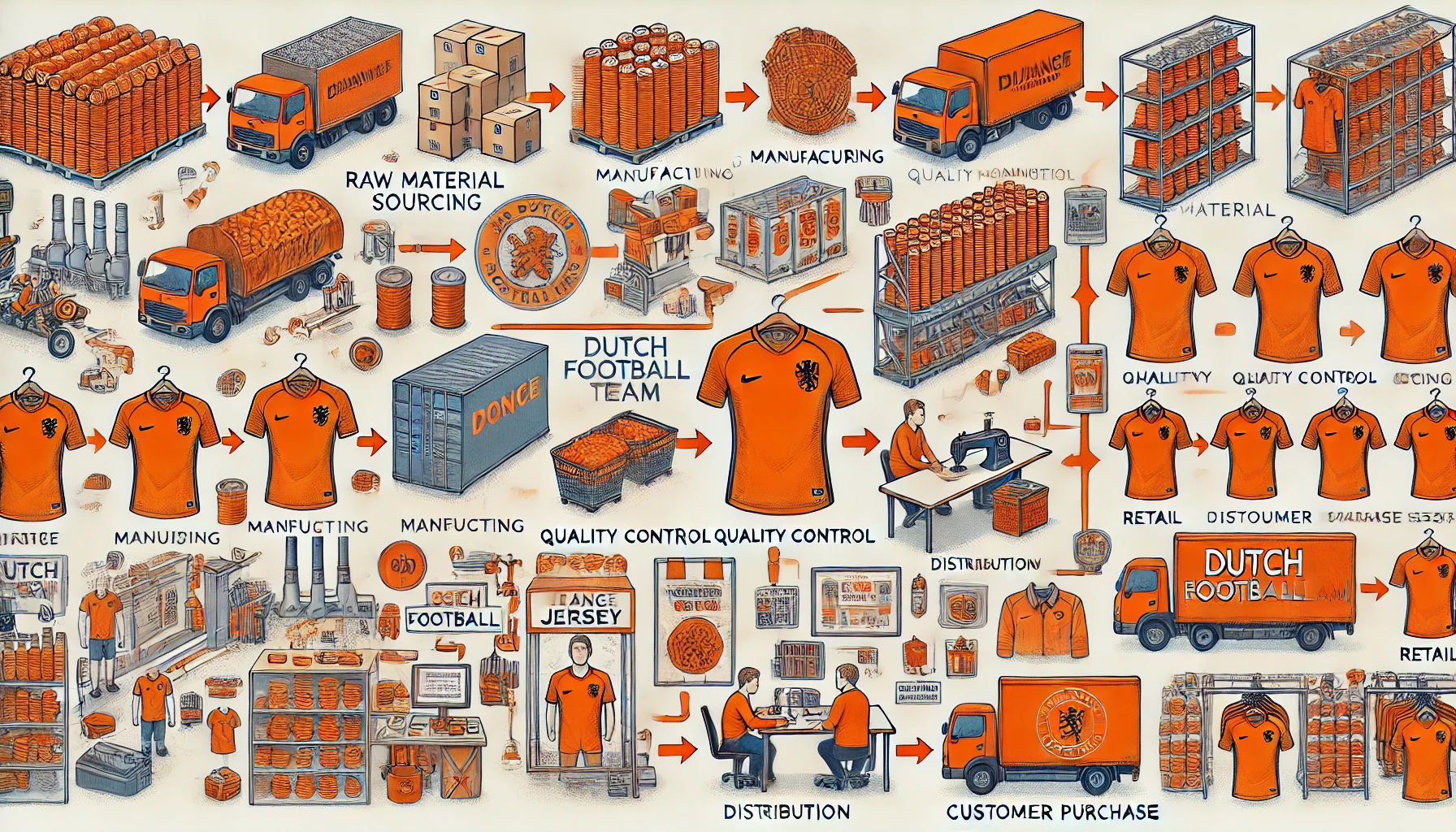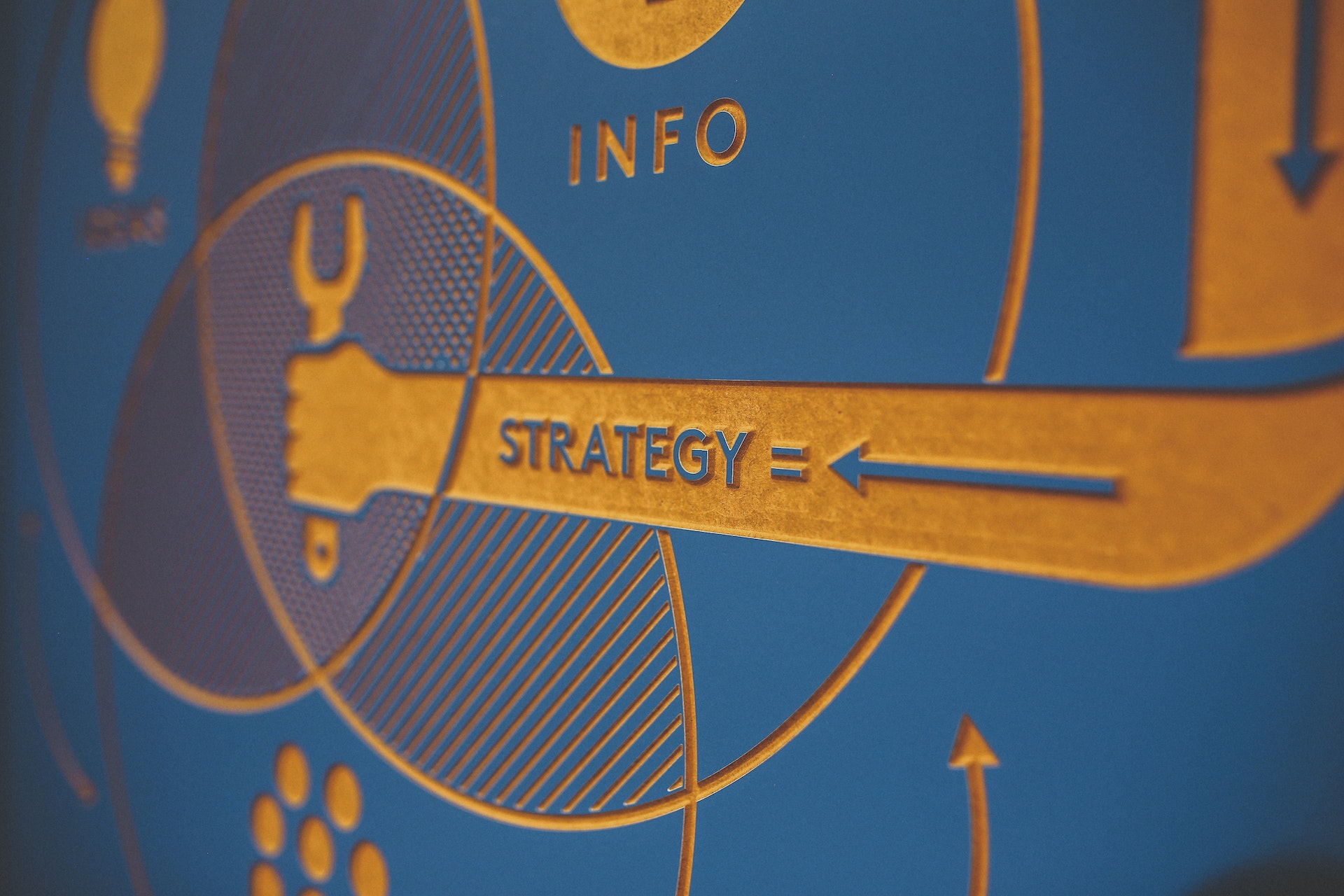Supply Chain Lessons from Consumers
This blog explores Supply Chain Lessons from Consumers’ perspectives, highlighting how supply chain disruptions affect product availability. Learn key strategies for businesses to improve consumer satisfaction and ensure a resilient supply chain.
It does not matter what we do for a living; we are all consumers and have seen the direct impact of supply chain management, whether good or bad. If you go today to buy groceries, can you find all the brands and products available? For example, I haven’t been able to buy my favourite ketchup brand recently.
My case is interesting because I come from another continent, with different regulations, suppliers, stores, and supply chain constraints. Therefore, my favorite brand might not be available in my new hometown, which could be unrelated to supply chain issues. However, my favorite brand is indeed sold in the Netherlands and the store I frequent. So why can’t I buy my favorite ketchup brand?

Impact of Supply Chain on Consumers
The supply chain encompasses all the links between elements involved in creating and delivering a final product. If one link fails, it creates a domino effect, impacting the consumer. These disruptions can be catastrophic for both businesses and consumers. Recently, global supply chains have faced significant challenges. During the pandemic, widespread delays and shortages were common due to factory shutdowns, city lockdowns, worker shortages, and bottlenecks.
While the pandemic is over, some disruptions continue, and the lessons learned are here to stay. Consumers expect businesses to have products available when they seek to purchase them. Businesses need to maintain good inventory levels to support demand or be resilient enough to bounce back from disruptions. If consumers cannot get what they are looking for, they may take their money elsewhere or stop buying the product altogether. Either way, supply chain issues directly impact a business’s bottom line.
In contrast, effective supply chain management and good promotion planning allow consumers to acquire products exactly when they need them. A perfect example is the distribution and sale of national jerseys right before and during the Football Euro Cup. Thanks to good supply chain planning, I was able to buy a Netherlands jersey just in time for the quarter-final match.

Lessons for Businesses
- Investing in Data Analytics: Quality data and analytics have proven to drive breakthroughs in supply chain management, helping leaders make better decisions. With data in hand, companies can respond quickly and craft strategies to increase sales and improve customer experience.
- End-to-End Visualization: Visualizing the entire supply chain from start to finish allows businesses to react faster, make better decisions, and collaborate more effectively within the value chain to benefit the end consumer.
- Optimizing Last Mile Delivery: Last-mile delivery represents 40% to 55% of total supply chain costs1. Some omnichannel retailers are addressing this issue through micro-fulfillment, handling fulfillment directly with suppliers from local warehouses.
- Creating Supply Chain Agility: A healthy supply chain requires organizational-level improvements in business agility—the ability to adapt and respond rapidly to changes. Investing in integrated business planning (IBP) can enhance business agility and responsiveness.
- Supply Chain Diversification and Verification: The more options a business has for suppliers, the steadier the inventory will be. Additionally, verifying the health of current suppliers and their vulnerabilities is crucial.

Lessons for Consumers
During the pandemic, some consumers decided to stockpile products that commonly faced shortages; others tried new stores and products, while some turned to online shopping exclusively. As consumers, we expect some disruption, but we also expect businesses to figure out how to get products to us. With inflation and wages impacting all consumers, we are becoming more meticulous about where we spend our hard-earned income. The challenge for businesses is convincing us they are the best choice among dozens of options.
Conclusion
So, why can’t I buy my favorite ketchup brand? Upon investigation, I found that the supermarket is renegotiating the price with the supplier. Given the current difficulties in transporting products by sea, the ketchup has become pricier, and the supermarket has not approved the price increase.
Investing in the supply chain is not just about improving certain departments within a business; it is about enhancing client satisfaction and employee efficiency. It allows me to buy my favorite ketchup brand whenever I want. At Planadigm, we focus on analysing your current situation and identifying areas for improvement. We work alongside your team, listening to their needs and requirements. We are not reinventing the wheel; we are simply selecting the correct wheel for your business.Supply chain management can make or break the success of a business. Let’s transform your potential into performance together.
Supply chain management can make or break the success of a business. Let’s transform your potential into performance together. Reach out and let’s start today!
Contact


